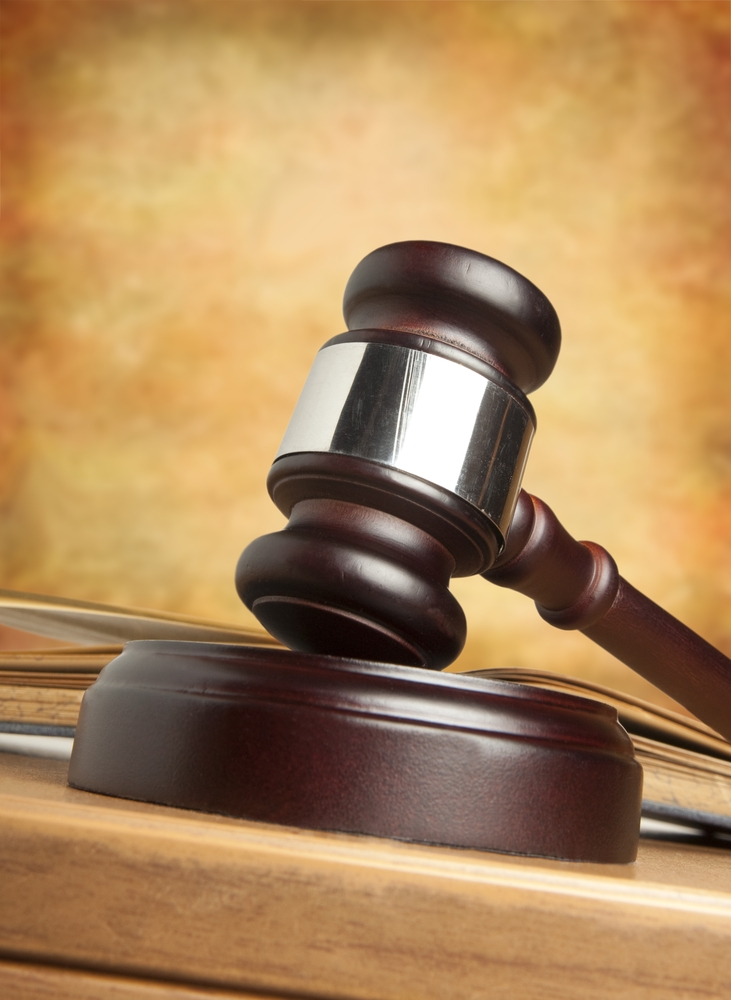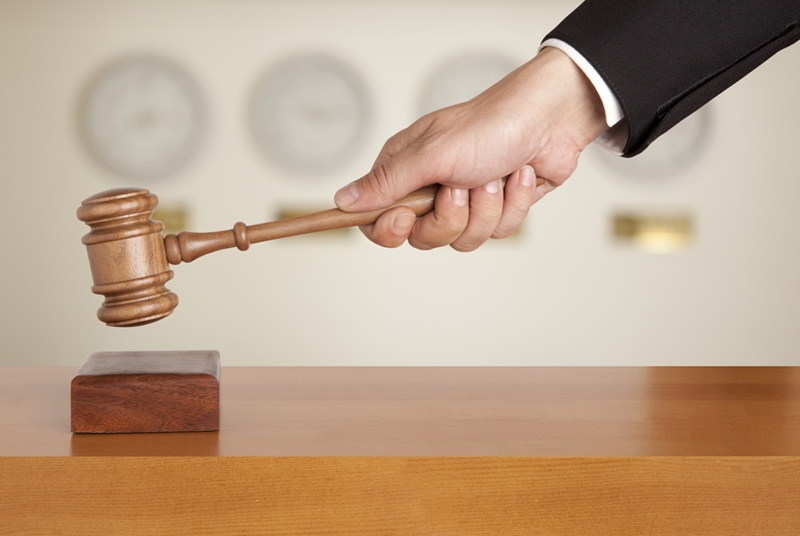
If the application is accepted but not registered, people can oppose the registration via a hearing conducted by IP Australia. This is called an opposition.
If you’ve got a cool, new and innovative idea for a product or service that you feel passionate about, one of the first things that you’re likely going to want to do is take out a trade mark. This way, you can protect your intellectual property and make sure that no one can copy your idea and profit off of the hard work and effort you put in to making your plans a reality. After all, not only do you have to exert a lot of brainpower to come up with this idea in the first place, but when things come to fruition, you have to plan, budget, produce and see things through.
However, even after all of this work, including filing for the actual trade mark and probably consulting with a legal team, which is always a good plan to make sure everything is wrapped up nicely, there are a number of circumstances under which your trade mark can be challenged by another party.
Here are the most common situations under which your trade mark can be challenged:
The applicant is not the correct owner
An opposing party can challenge a trade mark immediately after the trade mark is filed if that individual believes that it was filed in bad faith. This means that the challenger thinks that the applicant was not the rightful owner of the trade mark in the first place. This could happen if the filer had, in fact, stolen the idea for the product or service from another person or was otherwise posing as the owner.
The trade mark conflicts with an existing one
One important aspect of the trade marking process is searching various databases to ensure that there aren’t currently any existing trade marks that are the same as the one being filed. Two or more trade marks that are the same or have similar details cannot co-exist. As such, if there are similar trade marks, the newer one can be challenged by the pre-existing one.
With this being said, it is typically most beneficial to challenge these trade marks during the registration process as part of the opposition hearing.
The application was never used or had no intention to be used
An individual can challenge another individual’s trade mark if they believe that the person who filed has no intention to use that trade mark. If the filer won’t use the rights to the product or service to bring that good to market, the challenger would oppose, saying that the mark should be essentially “set free” and others should be allowed the rights to take similar goods to the market. The original trade mark may have been taken out to stop others from entering the competitive sphere with that idea, or because the owner wanted to pursue this concept some time down the road or a whole host of other options. But if there is no intention, this is a valid challenge.
The trade mark is inherently descriptive
When filing for a trade mark, the owner needs to provide a description of what the mark covers. If it is too vague, has an inherent capacity to be applied to other goods and services, or doesn’t allow the products to be distinguished from others, the mark can be challenged on the grounds of being inherently descriptive. The objection may be to a potential violation of section 41 of the Trade Marks Act 1995. Note that the strength of the objection against you may influence the amount of evidence needed at trial.
 If your trade mark is indistinguishable, your mark may be challenged.
If your trade mark is indistinguishable, your mark may be challenged.The challenging process
No matter the reason for the challenge, the process tends to follow the same steps and timeline if it goes through the courts. Generally speaking, these invalidity proceedings, from beginning to end, take about 18 months to two years through the Australian courts system, and very few extensions are granted. With that being said, decisions are subject to appeal and can be done by either the original trade mark owner or the challenger within the Federal Circuit Court of Australia.
On the other hand, if trade marks are challenged after being accepted but not yet registered, disputes can be filled via the opposition hearing conducted by IP Australia. An opposition can only be filed post-acceptance and pre-registration, so there is a relatively narrow window. The opponent must file the notice of opposition, establish the ground for opposition, file evidence, pay fees and serve the applicant. An evidentiary back-and-forth follows until the hearing.
Companies should challenge others, particularly in cases when they were the first to file the trade mark and also have continuous use. However, that might be limited to use in Australia. Also, if businesses don’t challenge trade marks, there could be unnecessary market problems and brand dilution.
At Alder IP, we have vast experience with trade mark cases, as well as with protecting your intellectual property. For more information on how to keep your trade marks safe, contact us today to make an appointment to speak to a member of our team.


